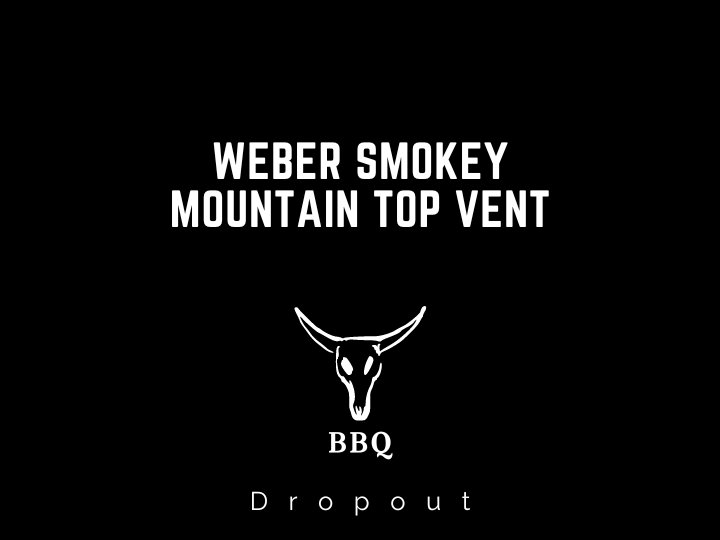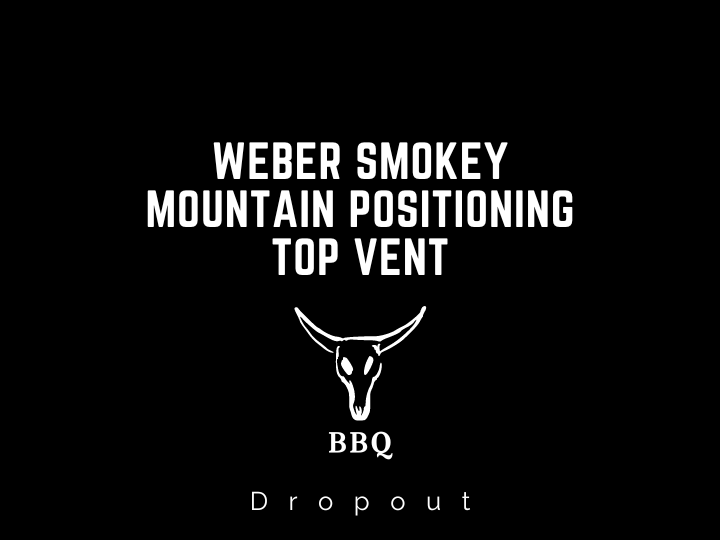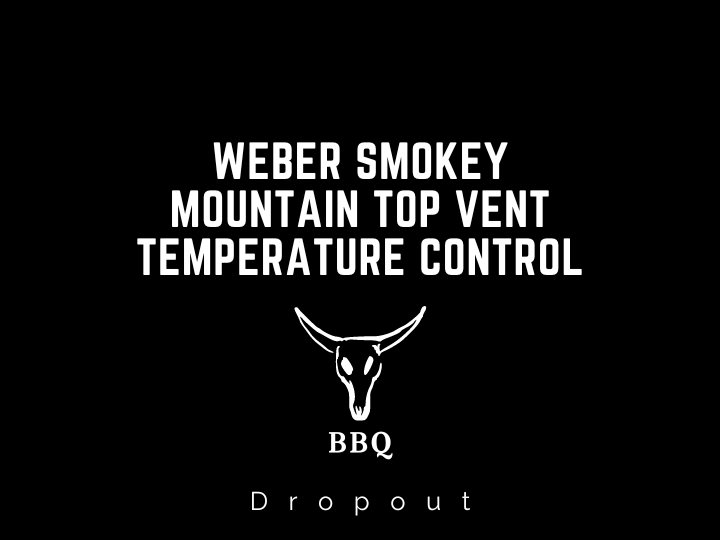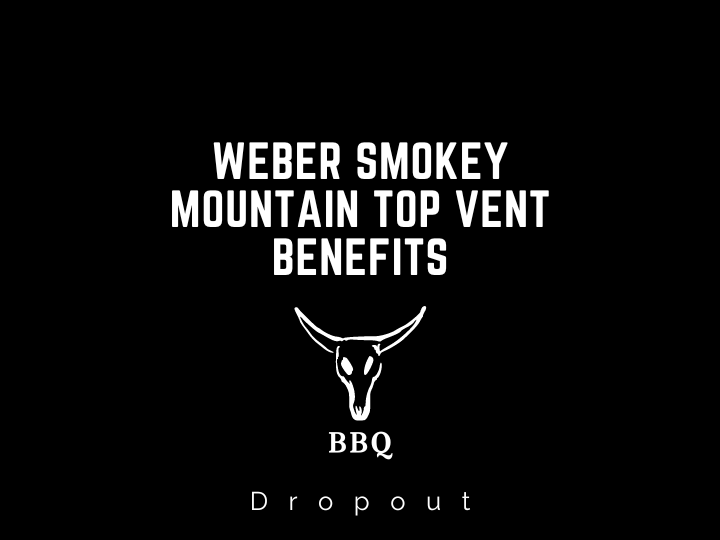We strive to provide you with authoritative, trustworthy, and expert advice. In doing so, the staff at bbqdropout.com performs extensive research, editing, and fact checking to every post on this webiste. If you feel that this article can improve, please feel free to reach us at staff@bbqdropout.com
Before continuing this article, I wanted to let you know that I have a YouTube channel where I showcase all sorts of video content related to BBQ. Subscribing would mean a lot to me, and I very much appreicate all the support!
Fuel, oxygen, and heat. These are the three keystone ingredients for every barbecue. If you forget to add oregano to your brisket dry rub, it’s not going to matter too much. If you get one of the three keystone ingredients wrong then you’re going to end up with no barbecue at all!
Understanding the delicate balance between oxygen, fuel. and heat is the most crucial step in mastering your pit. Once you understand why all of these elements are so important, maintaining the perfect temperature in your smoker becomes effortless.
We all understand the fuel makes your fire hot. Anything that catches fire is going to be hot, right? However, fuel alone isn’t enough.
You need to create airflow. When you light a fire you end up with gases that create the smoke. The molecules in this gas have a ton of energy and start rushing around the inside of your smoker.
As the air gets hotter from all the whizzing about, it becomes less dense and the molecules start to move upwards. Eventually, they hit the top of your smoker and this is where the air pressure starts to increase. With all the molecules rushing about trapped at the top of your smoker, the density of the air increases. The area around the fire is low pressure.
When you open the bottom (intake) vents, cold air can rush in. the oxygen-rich outside air has more pressure than the area in the fire pit. If you were to leave the top (exhaust) vent closed, the high-pressure air would have nowhere to escape to, this would mean no oxygen could be sucked in through the intake vents, and therefore, your fire would go out. By opening the exhaust vent you allow the high-pressure air in the top of your smoker to rush out into the lower pressure outside air. This creates more room inside your smoker and allows the intake vents to draw in the oxygen it needs to fuel the fire.
You can then control your temperature by allowing more or less air to escape at the top or enter at the bottom.
Weber Smokey Mountain Top Vent

The Weber Smokey Mountain has a brilliant intake and exhaust venting system. The intake vents are found at the bottom of the smoker under the charcoal chamber, this drives oxygen to the fuel helping to keep the charcoal burning. The exhaust vent is found at the top of the WSM and is where the gasses (aka delicious smoke particles) are released from the lid allowing more oxygen to enter the intake vents.
You can have the top vent completely open, partially open, or completely closed.
Weber Smokey Mountain Positioning Top Vent

As heat rises, it creates high pressure in the lid of your WSM. This is what the top vent is for, to allow the gasses sitting in the top of your WSM to escape and create a constant airflow. Your top vent should always be open more than your bottom vents. This allows the intake valves to draw in plenty of oxygen which feeds the fire and creates heat.
Beginners should keep the top vent in the open position.
Weber Smokey Mountain Top Vent Open Or Closed

The top vent on your Weber Smokey Mountain should be open throughout the cooking process.
If you are cooking hot and fast then you will want more oxygen flow through the WSM. A wide-open top vent and fully opened intake vents will make your fuel burn faster and hotter.
If you want a low and slow smoke, you will need to close your bottom vents until you reach the desired temperature and stability, You may find the top vent needs to be partially closed too but remember to keep the top vent open more than the bottom vents to encourage airflow.
How To Shut Down Weber Smokey Mountain

When you have finished with your Weber Smokey Mountain you can close the bottom and the top vent. This will starve the fuel of oxygen and slowly extinguish the charcoal pit.
If you find that the charcoal pit isn’t extinguishing after a few hours it could be because your WSM is new and needs some gaps closing up. This usually happens over a few uses. If it doesn’t then you may need to check with a torch for any gaps and upgrade your seals/door.
Weber Smokey Mountain Top Vent Always On?

In general, when using your Weber Smokey Mountain for either low and slow or hot and fast cooks, your top vent should always be open. If you need to adjust it, remember to ensure it is open more than the intake vents.
Weber Smokey Mountain Top Vent Temperature Control

The top vent in your WSM is key to controlling your temperature. Due to the high pressure of the gases under the lid and the lower pressure of the cold air surrounding your WSM, the gasses will flow out of the top vent creating a natural draw under the fire pit.
The speed of this flow and the amount of oxygen you allow into your WSM will dictate the temperature inside. With all intake vents and the top vent open fully, your smoke chamber will reach a hot temperature, quickly. If you partially close the intake vents you will reduce the temperature.
If you still need to lower the temperature, then partially closing the top vent can help you to stabilize your smoker at a lower temperature.
Weber Smokey Mountain Top Vent Benefits

The top vent on your Weber Smokey Mountain acts as a very efficient vacuum if used correctly with the bottom vents. It also helps to release the gases that create the smoke.
If you don’t allow the old smoke to escape or you leave your meat cooking in too much smoke, you will end up with a tarnished taste on your meat.
So using the top vent and allowing plenty of airflow ensures your brisket, butt, or ribs taste deliciously smoked every time.
Weber Smokey Mountain Top Vent Low And Slow

When cooking brisket or butt, you want to get your WSM up to temperature and then stabilize it for a long period.
You should be able to keep the temperature stable with the top vent open, however, you can adjust the top so it is partially open if you find you can’t get a consistent low temperature.
Ensure your top vent is open more than your bottom vent to keep the airflow moving.
Weber Smokey Mountain Top Vent Hot And Fast

When cooking hot and fast, you need to keep the top vent fully open.
The bottom vents can be used to adjust the temperature.
Just make sure that you allow 15 minutes for the temperature to stabilize before making any additional changes. Closing the top vent will reduce the airflow and increase the cooking time.
Robert is a certified Pitmaster, with over a decade of experience in smoking the best meats you’ll ever feast upon. He also has a Bachelor of Business Administration from the University of Texas at San Antonio. When he’s not researching technical topics, he’s most likely barbecuing in his backyard.
